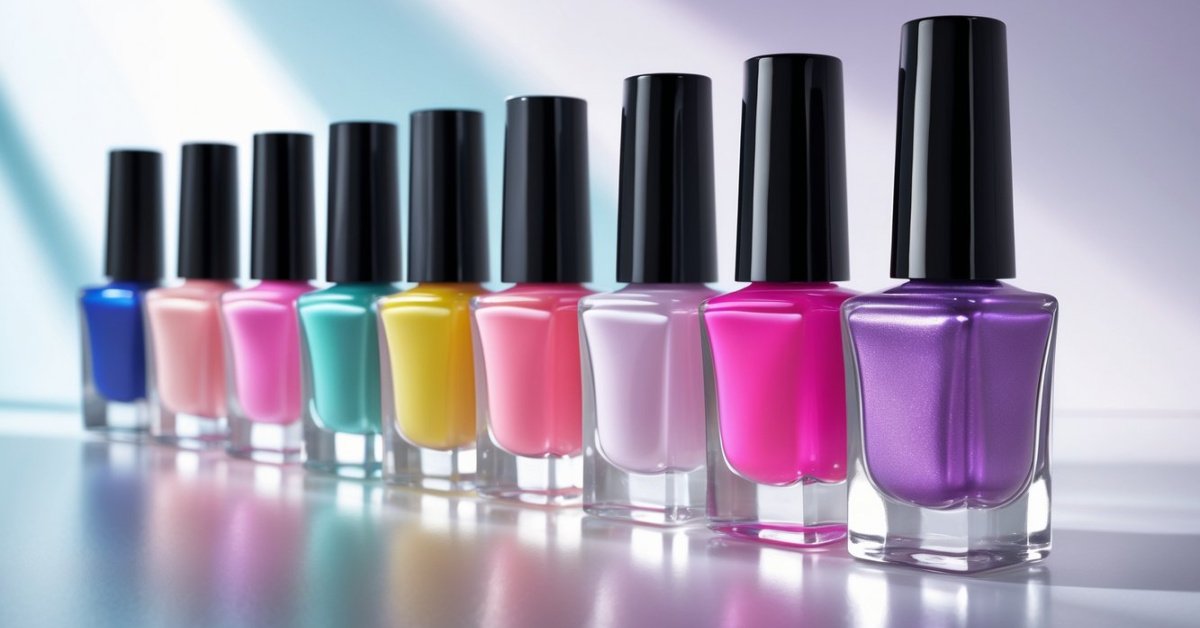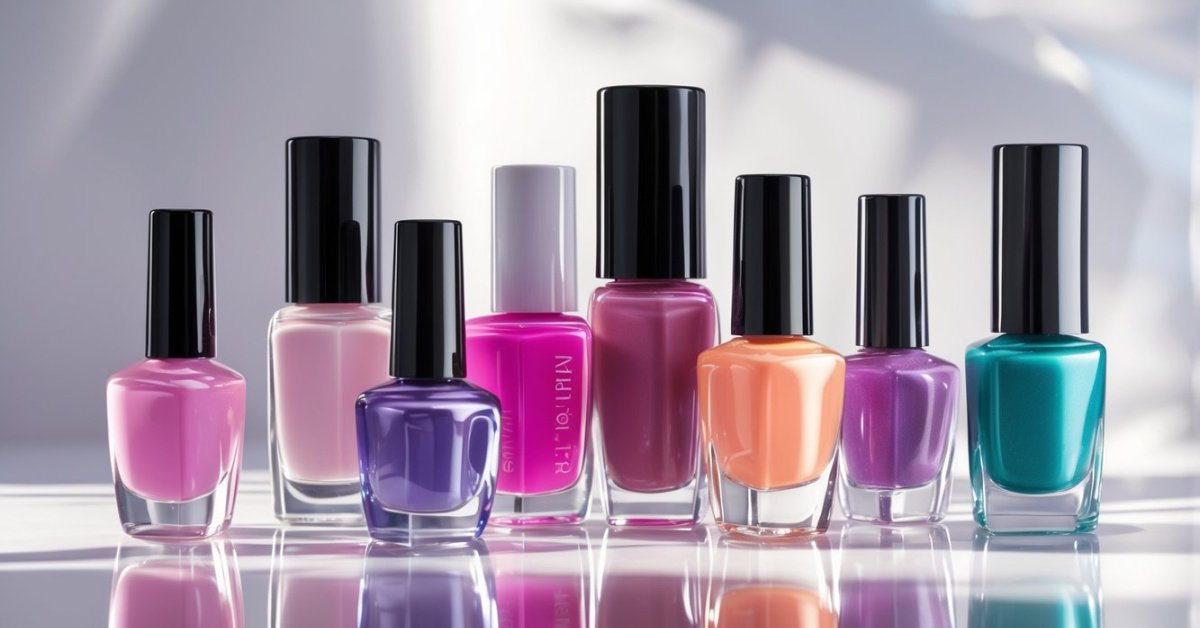Working in a nail salon means you get to meet all kinds of people, and not every client is going to be easy to please. I’ve learned that handling difficult clients with patience and grace can make all the difference in keeping the atmosphere calm and professional. It’s not always simple, but it’s definitely a skill worth mastering.
Over time, I’ve picked up some tricks to stay cool and confident when faced with challenging situations. Whether it’s a last-minute change or an unhappy customer, knowing how to respond can turn things around quickly. Let me share what’s helped me stay positive and keep my clients coming back, even when things get tough.
Understanding Difficult Clients in a Nail Salon
Dealing with challenging clients is part of running a nail salon. Recognizing different client types and their reasons for tough behavior helps me handle situations effectively and keep my salon welcoming.
Common Types of Difficult Clients
- The Perfectionist insists on flawless results and may critique every detail.
- The Last-Minute Changer frequently alters appointments or services without warning.
- The Impatient Client expects quick service and often rushes the process.
- The Unhappy Customer expresses dissatisfaction loudly, sometimes over minor issues.
- The Overly Demanding Client requests extra services or special treatment beyond normal policies.
Reasons Behind Difficult Behavior
- Stress or personal problems often cause clients to act unusually difficult during their visits.
- Miscommunication or unmet expectations lead to frustration with service outcomes.
- Sensitivity about appearance makes clients more critical of nail polish color or design.
- Past bad experiences at salons can heighten skepticism and caution.
- Health concerns, such as allergies or skin conditions, may cause discomfort and irritability during treatments.
Effective Communication Strategies
Clear communication keeps a nail salon running smoothly, even with difficult clients. I use these communication techniques to turn tense situations into positive experiences.
Active Listening Techniques
Active listening helps me understand clients’ true concerns, even when they seem upset. I focus fully on what they say and show empathy by nodding or repeating key points. Asking open-ended questions invites clients to explain their needs, which often reveals the real issue beneath frustration. If clients feel heard, they’re more likely to cooperate and trust my styling choices. For example, when a client complains about polish chipping quickly, I ask about their daily activities to suggest stronger formulas or care tips.
Using Positive Language and Tone
Positive language sets a friendly, professional tone that eases client nerves. I replace negative or absolute words with encouraging alternatives. Instead of saying, “You can’t do that,” I say, “Let’s try this option for better results.” Maintaining a calm and warm voice reduces tension and shows confidence in my expertise. Smiling while speaking—even on the phone—translates into a more pleasant tone. These small adjustments help me keep conversations constructive, especially when handling perfectionists or unhappy customers demanding immediate fixes.
Setting Clear Boundaries and Expectations
Clear boundaries and expectations create a respectful and smooth experience for both clients and nail technicians. Defining these limits early helps prevent misunderstandings and keeps the focus on beauty and health.
Establishing Salon Policies
I set salon policies that cover appointment timing, cancellation rules, and services offered. Clients know that arriving late shortens their session, but I accommodate emergencies when possible. A 24-hour cancellation policy reduces last-minute changes and gives me time to adjust the schedule. I communicate policies clearly on my website, appointment reminders, and in-person. For example, I specify the types of gel or acrylic enhancements I use, ensuring clients understand product safety and care instructions. Transparent policies keep the salon atmosphere professional and welcoming.
Managing Client Requests Professionally
Handling client requests with professionalism ensures their needs are met while maintaining service quality. I listen carefully to each request and confirm details—whether it’s a specific polish shade or custom nail art design. When a request conflicts with salon policy or health standards, I explain why and offer alternatives. For instance, if a client wants a design I can’t safely do on damaged nails, I suggest gentler options that protect nail health. Maintaining firm but friendly communication encourages trust and respects both the client’s wishes and my expertise in nail care.
De-escalation Techniques for Conflict Resolution
Keeping calm and managing conflicts smoothly keeps the nail salon experience enjoyable for both clients and technicians. I rely on a few key methods to handle tension and help clients feel heard and respected.
Staying Calm Under Pressure
Remaining calm under pressure starts with controlling your own emotions. I focus on my breathing and remind myself that the client’s frustration doesn’t reflect my skill or intentions. Speaking softly and maintaining steady eye contact shows confidence and helps lower the client’s defensiveness. I keep my body language open, avoiding crossed arms or rushed movements, which signals I’m approachable and ready to listen. Staying calm also means not taking complaints personally and remembering that clients often act out of stress or disappointment, not malice.
Steps to Resolve Disputes Amicably
Resolving disputes begins with active listening. I let clients explain their concerns without interruption, then paraphrase what I heard to ensure we’re on the same page. A calm tone combined with phrases like “I understand how that feels” helps clients feel validated. Next, I offer clear solutions, whether it’s fixing a service, providing a refund, or scheduling a free touch-up. If a request falls outside salon policies or health standards, I explain why while suggesting alternatives that meet their needs safely. Finally, I follow up with the client to confirm satisfaction and rebuild trust. These steps create a respectful dialogue and encourage repeat business even after a conflict.
When to Seek Support or Escalate Issues
Knowing when to involve others or escalate situations protects your salon’s atmosphere and your well-being. Handling difficult clients alone works until the problem crosses your professional limits or affects safety.
Involving Salon Management
Involving salon management becomes necessary when a client’s behavior disrupts services or threatens staff comfort. I always alert my manager if a client refuses to respect boundaries or becomes verbally aggressive. Management can intervene with firm but calm authority, reinforcing salon policies. If a client repeatedly ignores guidelines like appointment times or service limitations, managers help communicate consequences clearly. This support ensures all team members feel backed and the salon maintains a welcoming environment for everyone.
Knowing When to Refuse Service
Refusing service feels tough but is essential when client demands compromise health or safety standards. I assess requests that conflict with sanitation rules or could harm nail health, like removing gel polish improperly or pushing a technician beyond their expertise. If explaining risks and offering alternatives doesn’t resolve the issue, declining service protects both parties. I explain refusals professionally, emphasizing care and safety in nail polish application. Refusing service also applies when a client becomes abusive or refuses to follow salon policies, ensuring a safe, respectful space for my staff and other clients.
Tips for Maintaining a Positive Salon Environment
Creating a welcoming atmosphere helps keep clients happy and staff motivated. A positive salon environment depends on respect and support throughout every visit.
Encouraging Respectful Interactions
I always set the tone by treating clients and staff with genuine respect. Clear, polite communication prevents misunderstandings and builds trust. I encourage everyone to speak calmly, listen actively, and avoid negative language. When clients see respectful exchanges, they’re more likely to mirror that behavior. I also remind clients that patience and kindness go hand in hand with beauty and self-care. Displaying salon policies visibly helps manage expectations and reinforces mutual respect.
Supporting Staff Morale
Keeping my team motivated means valuing their skills and well-being. I recognize achievements regularly and encourage open feedback. Creating a supportive space where staff feel heard reduces burnout and increases job satisfaction. I provide training on handling difficult clients, emphasizing health and safety alongside style. A positive morale ensures my team stays confident, professional, and passionate about delivering beautiful, healthy nails every day.
Conclusion
Dealing with difficult clients is never easy but it’s part of the job that I’ve learned to navigate with patience and understanding. Every challenging interaction is an opportunity to grow and improve my skills.
By staying calm and communicating clearly, I can turn tough moments into positive experiences that keep clients coming back. Creating a respectful and supportive environment makes all the difference—not just for clients but for everyone on the team.
At the end of the day, it’s about balancing professionalism with kindness to ensure that everyone leaves the salon feeling valued and cared for.





